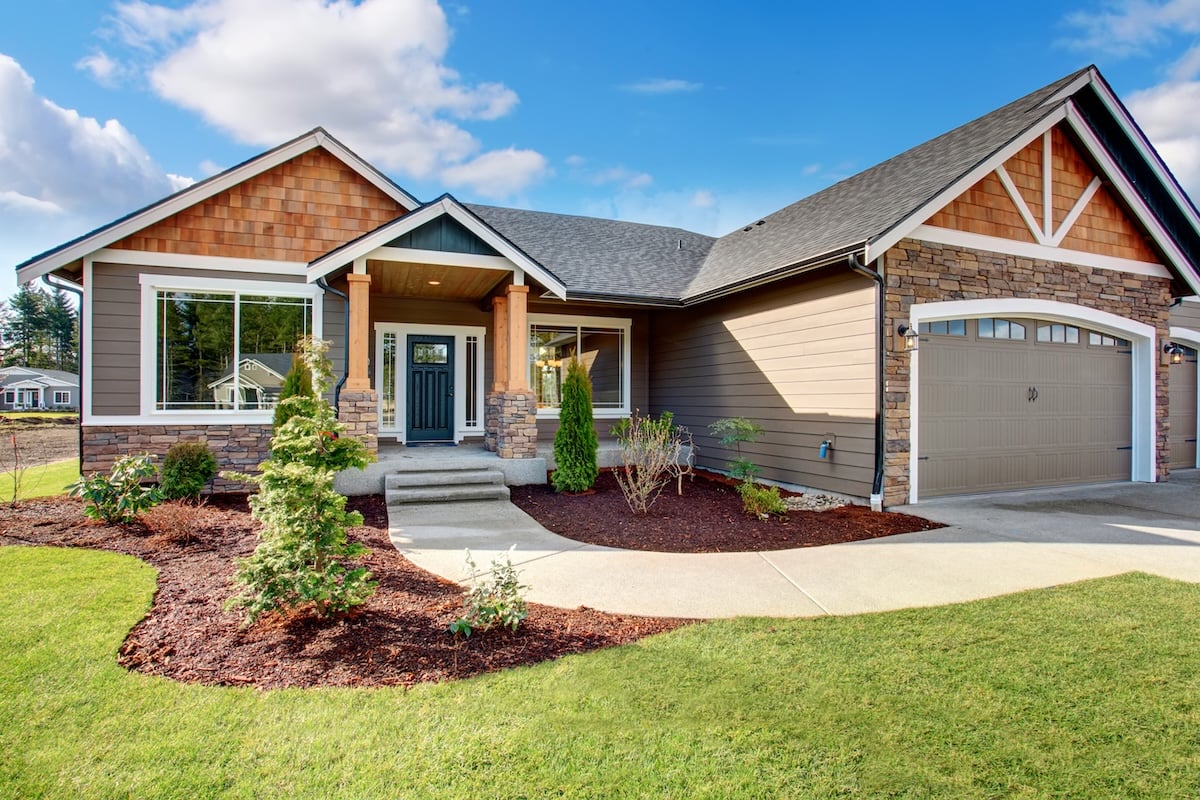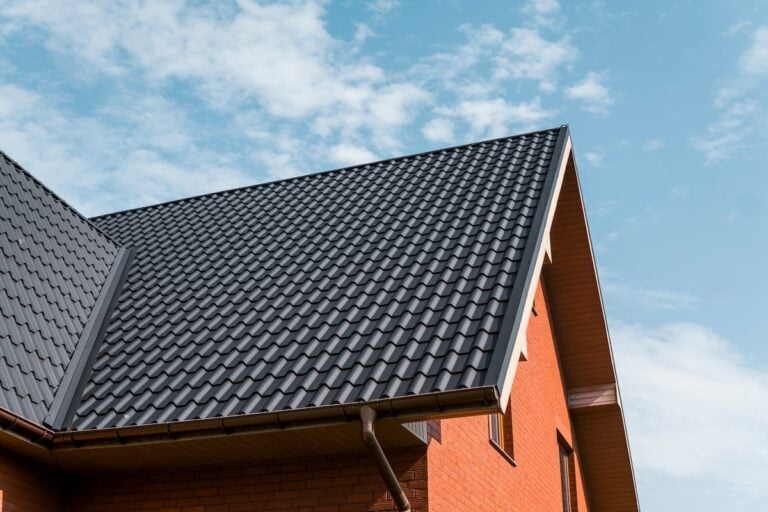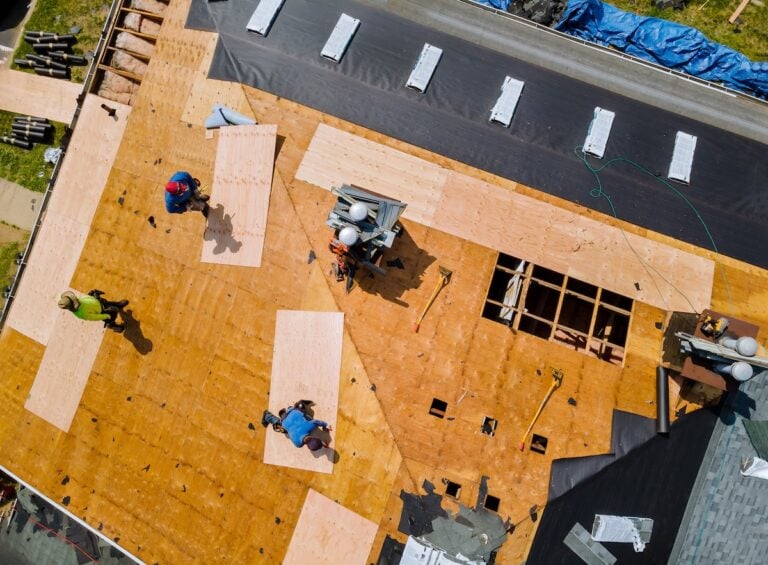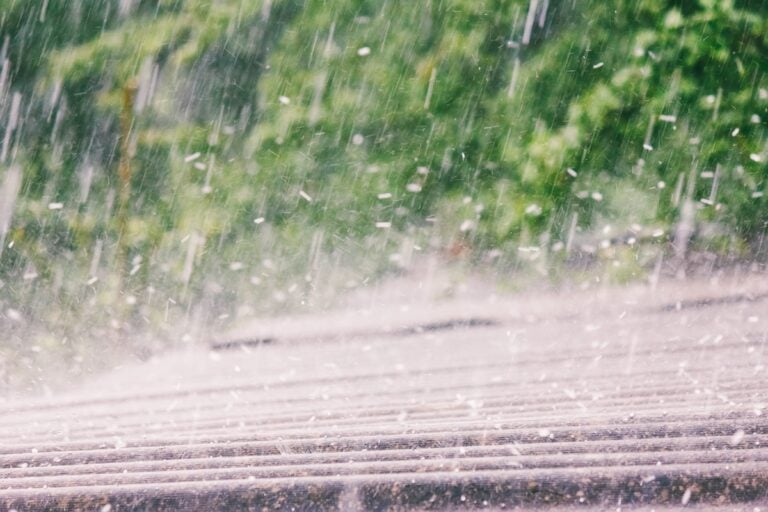Choosing the right siding materials for your home affects more than just appearance. The material you select impacts your home’s energy efficiency, maintenance requirements, and long-term value. With so many options available, understanding the pros and cons of each type helps you make an informed decision that fits your budget and lifestyle.
This guide covers the most popular siding materials used by homeowners, their advantages and disadvantages, key factors to consider when selecting siding, and maintenance tips to keep your investment looking great for years to come.
- Key factors to consider when choosing siding materials
- 5 popular siding materials for your home
- Maintenance tips for different siding materials
👉 Key Factors to Consider When Choosing Siding Materials

- Climate Suitability: Choose siding materials that match your local climate. Homes in extreme temperatures need materials that expand and contract, coastal areas require salt- and humidity-resistant options, and fire-prone regions benefit from non-combustible materials like fiber cement or metal.
- Budget and Durability: Balance upfront costs with long-term value. Vinyl is affordable but may need replacement sooner, while materials like brick and metal offer minimal maintenance and decades of durability.
- Maintenance Needs: Consider the upkeep each material requires. Vinyl is low-maintenance, wood needs regular staining or painting, and metal requires periodic cleaning and touch-ups.
- Aesthetic Fit: Match siding to your home’s style. Traditional homes suit wood or brick, while contemporary designs pair better with materials like metal or fiber cement.
⭐️ 5 Popular Siding Materials for Your Home
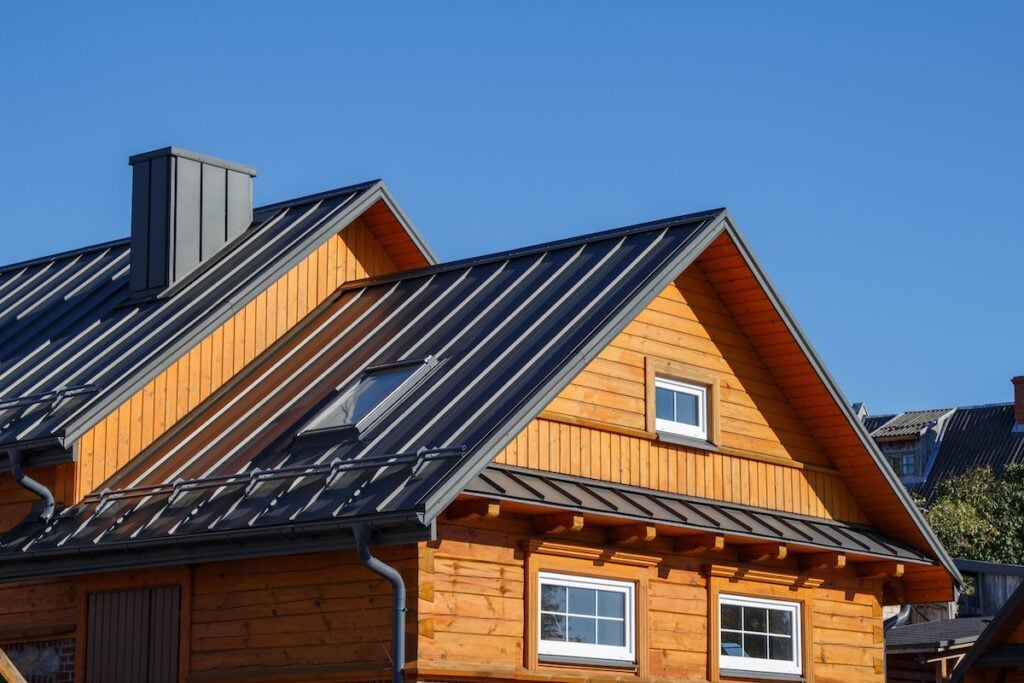
Choosing the right siding material is important for protecting your home from weather damage and improving its curb appeal. With so many options available, understanding the most popular materials can help you make the best decision for your needs and budget.
1. Vinyl Siding
Vinyl siding is one of the most popular choices for homeowners, largely because it’s affordable and requires very little maintenance. Made from PVC plastic, this material is available in a wide variety of colors and styles, allowing homeowners to find an option that matches their home’s aesthetic. Vinyl siding can even mimic the look of other materials such as wood and stone, giving homeowners flexibility in design without the associated costs of natural materials. Its affordability extends beyond just the material itself, as installation is relatively simple and cost-effective. Additionally, vinyl siding is resistant to insects and rot, making it a reliable option for many climates. Cleaning it is also a breeze, as soap and water are all that’s needed to keep it looking fresh. However, it does have some drawbacks. In extremely cold climates, vinyl siding can crack or become brittle, which can compromise its durability. Over time, prolonged sun exposure can cause fading, impacting its appearance. Unlike some other materials, repairs for vinyl siding are not as straightforward, often requiring entire panel replacements rather than spot fixes. While it is an economical choice, vinyl siding may not provide the premium look or longevity of natural materials, which could influence some homeowners’ decisions.
2. Fiber Cement Siding
Fiber cement siding is a versatile and durable choice for homeowners, made from a combination of cement, sand, and cellulose fibers. It is well-regarded for its excellent resistance to fire, pests, and rot, which makes it particularly appealing in areas prone to extreme weather or high fire risks. Fiber cement siding can also be painted in any color, offering unparalleled flexibility in design and allowing homeowners to update its appearance over time. Additionally, it convincingly mimics the texture and visual appeal of natural wood, providing a classic and elegant look without the downsides of actual wood. With a lifespan of 30 to 50 years, fiber cement siding is a long-term investment for homeowners seeking reliability and durability. However, this durability comes at a cost—fiber cement siding is more expensive upfront compared to vinyl siding and requires professional installation due to its weight and complexity. Regular maintenance, such as repainting, is necessary to preserve its appearance and protect it from wear. Its heavy nature also means the home’s structure must be able to support the material, which can add to installation costs. While extremely durable, fiber cement can be brittle and may crack if subjected to significant impact, which could pose an issue in certain environments.
3. Wood Siding
Wood siding offers unmatched natural beauty and a classic aesthetic appeal that has stood the test of time. Popular wood types for siding include cedar, pine, and redwood, each of which provides unique grain patterns and the ability to be stained or painted in a wide array of finishes. This timeless material also boasts excellent insulation properties, helping to keep homes warm in the winter and cool in the summer. One of the advantages of wood siding is its reparability—damaged sections can often be replaced individually without the need to overhaul an entire wall. Additionally, wood siding can increase a home’s value due to its premium appearance and appeal to buyers who appreciate natural materials. For eco-conscious homeowners, wood siding is an environmentally friendly choice as it is biodegradable and sourced from renewable resources. However, wood siding does require a significant level of maintenance to protect it from the elements. Regular treatments are needed to prevent issues like insect infestations, rot, and moisture damage. In addition, wood siding is more expensive than synthetic alternatives and poses a fire risk in certain climates. Homeowners should also plan for repainting or staining every few years to maintain its appearance and protect the material, making it a choice that demands both time and effort to preserve its beauty and durability.
4. Metal Siding
Metal siding, typically made from aluminum or steel, offers modern aesthetics combined with excellent durability. This type of siding works particularly well for contemporary home designs, giving houses a sleek and polished appearance. Aluminum and steel are highly durable materials that can withstand harsh weather conditions, making them ideal for regions with extreme climates. Metal siding is also fire and pest resistant, which adds an extra layer of security for homeowners. Maintenance requirements for metal siding are minimal, as it doesn’t require frequent repainting or treatments to maintain its integrity. Furthermore, it is a recyclable material, making it a more sustainable option for eco-conscious homeowners. Metal siding also provides good energy efficiency by reflecting heat and reducing cooling costs in warmer climates. However, metal siding comes with a higher initial cost compared to some other materials, which may put it out of reach for budget-conscious homeowners. While durable, it is susceptible to denting from impacts such as hail or accidental collisions. The range of color options is more limited, which may not suit homeowners looking for a highly customizable appearance. Additionally, scratches can be more visible on metal surfaces, and steel varieties can be prone to rust if not properly treated or maintained.
5. Brick Siding
Brick siding offers an unparalleled combination of durability, timeless aesthetics, and low maintenance. Known for its exceptional lifespan, brick siding can last over a century, making it one of the most long-lasting options available. Its excellent fire resistance and ability to withstand extreme weather conditions make brick a reliable choice for homeowners looking for both safety and durability. Brick’s classic appearance enhances a home’s curb appeal, providing a timeless and elegant look that never goes out of style. Once installed, brick siding requires very little maintenance, making it a hassle-free choice for homeowners. Additionally, brick offers good insulation properties, helping to keep homes comfortable and energy-efficient year-round. However, brick siding does come with a high upfront cost due to the materials and the skilled labor required for installation. Its heavy nature means that a proper foundation must be in place to support the structure, which can add to the overall cost. The color options for brick siding are also limited compared to other materials, as bricks typically come in shades of red, brown, or beige. Modifying or repairing brick siding can be challenging and expensive, as it requires specialized expertise. Despite these challenges, brick remains a premium choice for those seeking durability, style, and long-term value.
💡 Maintenance Tips for Different Siding Materials
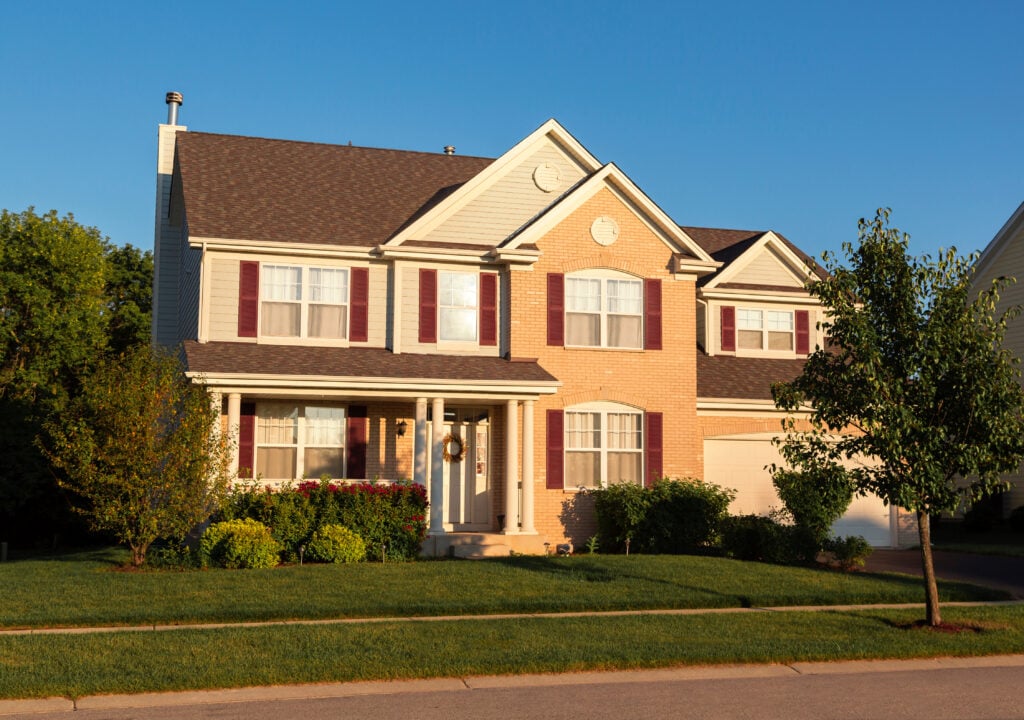
Proper maintenance of siding materials helps protect your home from weather damage and extends the lifespan of your exterior. By following the right tips, you can save on costly repairs and keep your home looking its best.
Vinyl Siding Care
Clean vinyl siding annually with a soft brush and mild detergent solution. Avoid pressure washing at close range, which can force water behind panels. Inspect for loose or damaged pieces after storms and address issues promptly to prevent water intrusion.
Wood Siding Maintenance
Inspect wood siding twice yearly for signs of moisture damage, pest activity, or finish deterioration. Clean with appropriate wood cleaners and reapply stain or paint as needed. Seal gaps around windows and doors to prevent moisture problems.
Metal Siding Upkeep
Clean metal siding with soap and water, checking for scratches or dents. Touch up minor scratches with manufacturer-approved paint to prevent rust. Inspect fasteners and trim pieces for looseness or damage.
Brick and Masonry Care
Inspect mortar joints annually and repoint as needed. Clean brick with appropriate cleaners designed for masonry. Ensure proper drainage around brick veneer to prevent moisture issues behind the wall.
🏠 Making Your Siding Materials Decision
At Roof Troopers, we understand that choosing the right siding materials is a big decision, and we’re here to make the process simple and stress-free. With our expertise in local climate conditions, building requirements, and a commitment to quality, we’ll help you find the perfect siding that balances style, durability, and budget.
Whether you’re upgrading your home’s curb appeal or investing in long-term protection, you can trust our team to deliver exceptional results. Ready to get started? Contact Roof Troopers today for a free consultation and let us bring your siding vision to life!
Don’t pay for your roof until 2027!
0% APR, same as cash for 24 months
Get Started Today!
"*" indicates required fields


